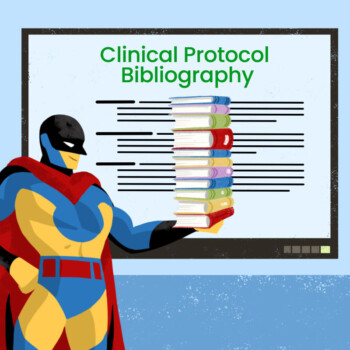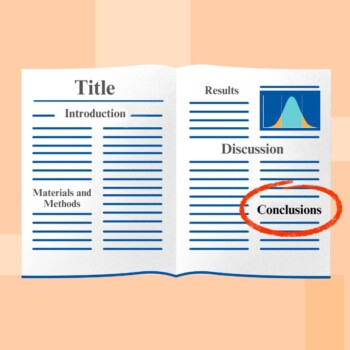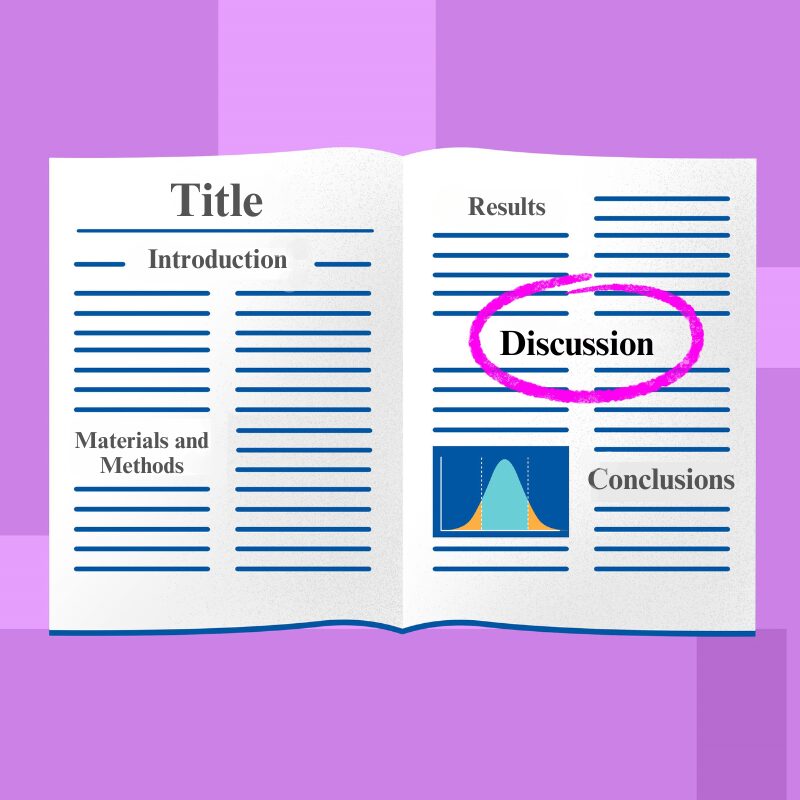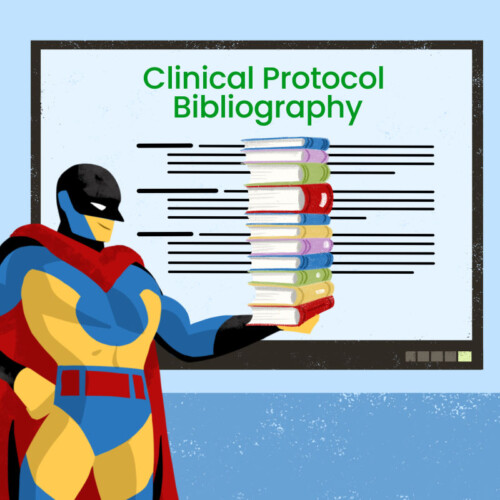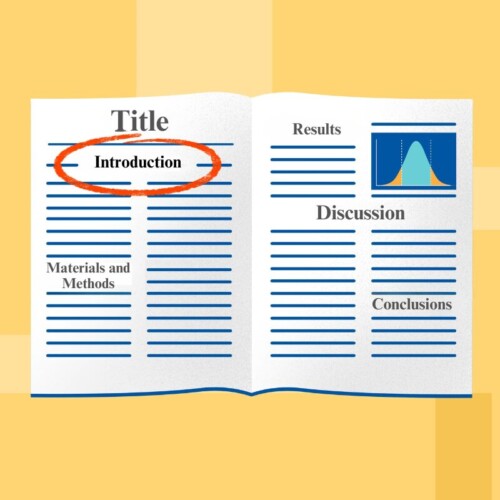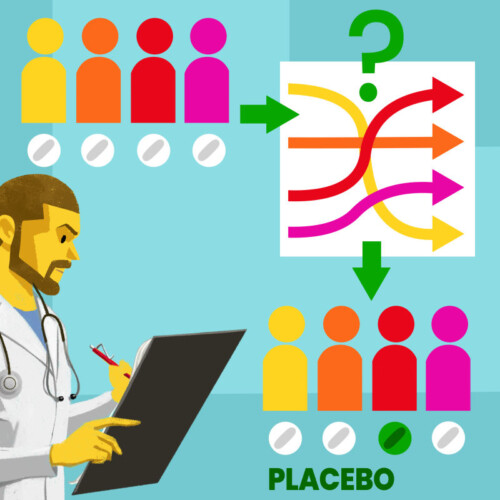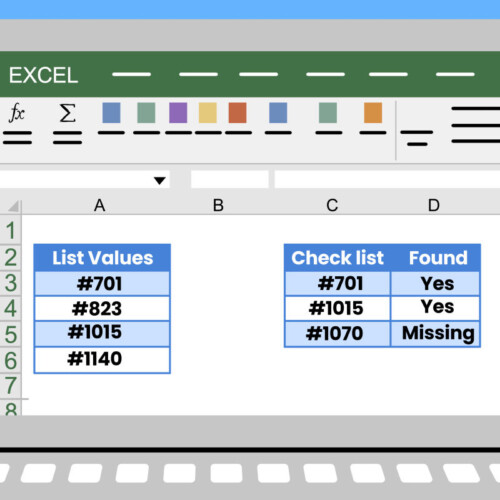So far, we have defined how to answer three questions:
- Why was the study undertaken? – “Introduction” section
- How was it conducted? – “Materials and Methods” section
- What are the results obtained? – “Results” section
In this article, we ask: “What is the significance of the findings?”
The “Discussion” of a clinical article provides authors the opportunity to elaborate on the data obtained from their work, asserting the value and meaning of the research conducted. This section is part of the natural progression of the research process, which begins with identifying the problem and continues through the collection, analysis, and interpretation of results.
The “Discussion” is therefore closely related to the preceding sections: it identifies and interprets the main results in relation to how they address the research question posed in the introduction. While “Materials and Methods” and “Results” accurately and comprehensively describe the study, the “Introduction” and “Discussion” together tell a story.
To be compelling, the “Discussion” should be conceived as the climax of the storyline being told. An effective “Discussion” contextualizes the results and informs the reader of potential theoretical implications and practical applications of the study, comparing the results with existing knowledge, acknowledging the study’s limitations, and providing suggestions for further research.
It should also provide a sense of completeness to the article, allowing for a deeper and more thorough understanding of the work.
Considering the diversity and number of roles and tasks it must fulfill, the “Discussion” proves to be the most complex section to define and write. The writing must be precise, unambiguous, and scientific, but it can also, when appropriate, allow space for critical thought and interpretation.
What questions should be asked?
In organizing and drafting this section, the following questions should be considered:
- Is the hypothesis correct?
- What evidence emerges from the existing scientific literature on the subject?
- What do the conclusions add to the current state of knowledge?
- Why are the results relevant? Do they support or contradict previous studies?
- How can future research be structured based on the observations made?
- What are the limitations of the study?
- What is the take-home message for the reader?
One can think of the discussion as an inverted pyramid, organizing the information it contains from general to specific, linking the results to existing literature, theory, and finally (if applicable) to practice.
Key Elements of the “Discussion” Section
Briefly summarizing, the “Discussion” should include the following key elements:
- Summary of main results: A simplified, clear, and concise overview of the research hypothesis, main results (including unexpected ones), and any correlations.
- Comparison with relevant literature: Comparison with other studies on the same topic and interpretation of any similarities and/or contradictions.
- Implications: General conclusions that can be logically drawn from the obtained results (including unexpected ones) and from relevant literature.
- Limitations: Identification of potential limitations and weaknesses of the study and discussion of their relative importance in relation to the overall interpretation and validity of the results.
- Recommendations: Emphasis on any “unanswered questions” and potential future research avenues.
The “Discussion” critically and objectively delves into the meaning, novelty, importance, and relevance of the results. For this reason, it should strike a delicate balance between explaining and evaluating the results, contextualizing the literature review, and formulating an argument to support the general conclusions.
The “Discussion” serves as the article’s plea: if it is not engaging and solid, it risks diminishing the value of the entire clinical study, regardless of the methodology used and the results obtained.
A complete, accurate, and effective “Discussion” legitimizes and highlights the study’s results. A thorough, precise, and effective “Discussion” adds value to the study, bringing its innovative elements to light.

